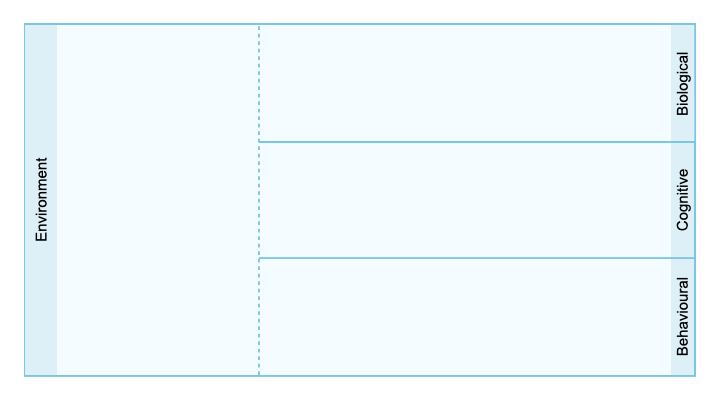1.2.1 The phonological deficit (PDD) hypothesis
Have you ever wondered why some people find reading particularly tricky? The PDD hypothesis might have the answer! It suggests that dyslexia is linked to problems with processing speech sounds in short-term memory. This means tasks like mental math, writing, and learning new info can be difficult because they all involve handling speech sounds (i.e. phonological components).
A deficit in phonological processing (slow processing skills) may provide an explanation of dyslexia. This idea builds on the firm theoretical foundation that ‘auditory discrimination’ is present in dyslexia. People with dyslexia often struggle with tasks like repeating words or naming pictures. This happens because the brain’s language areas (mainly located on the left side) don’t work together as smoothly as they should. Imagine trying to play a game with teammates who aren’t in sync – it makes everything harder!
When reading, we need to match letters with sounds. Dyslexic brains find this tricky because of the phonological deficit. It’s like trying to solve a puzzle with pieces that don’t quite fit. But this issue isn’t isolated to people with dyslexia; anyone who finds reading hard might have similar struggles. Learning to read involves understanding phonemes (the sounds that letters make), which isn’t something our brains are naturally wired to do – we have to learn it!
To appreciate why a phonological deficit has an impact on reading and writing, first it’s necessary to understand how people typically learn to read (see Table 3).
| Logographic Strategy | Alphabetic Decoding Strategy | ||
|---|---|---|---|
| The word – we learn to associate a spoken word with its written form, without showing any awareness of the sounds that each of the individual letters make | The letter(s) – we learn the sounds that each letter of the alphabet makes, and then learn how to blend those sounds together during reading to work out how to pronounce the word | ||
| Strength | Weakness | Strength | Weakness |
| Enables children to build a large sight vocabulary quickly, which will enable them to begin reading with some degree of fluency | Huge demands on visual memory and does not provide children with a strategy for coping with unfamiliar words | Effective for new or unfamiliar words, enabling readers to decode and understand them | Can be slower for fluent reading of known words compared to whole word recognition Less efficient with irregular words that do not follow standard phonetic patterns, e.g. in English there are many words that are pronounced as they are spelled |
Have you heard about orthographic mapping?
It’s a reading strategy that links sounds (phonemes) to letters (graphemes) and their meanings, helping store words in long-term memory as sight words for instant recognition without conscious effort. Think of it like a video game: matching sounds to symbols to find hidden treasures!
People with dyslexia often struggle with phonological tasks due to difficulties in processing and storing sounds in memory. Research, mainly on English-speaking children, shows that complex letter–sound correspondences in English can be confusing. For example, the sound /f/ can be spelled as ‘f’ or ‘ph’, and the letter ‘a’ sounds different in ‘bat’, ‘part’ and ‘apron’.
Activity 1 Some examples
Take a moment to write down a few words that can be spelled and/or pronounced in different ways, and might cause this kind of confusion.
Phonological deficits aren’t universal in dyslexia. Languages with predictable letter-sound correspondences, like Spanish and Italian, show that dyslexic individuals can read more easily (Courcy, Béland and Pitchford, 2000; Müller, Saarenketo and Lyytinen, 2000). Since phonological deficit is just one aspect of dyslexia, it’s important to explore other cognitive factors too.

